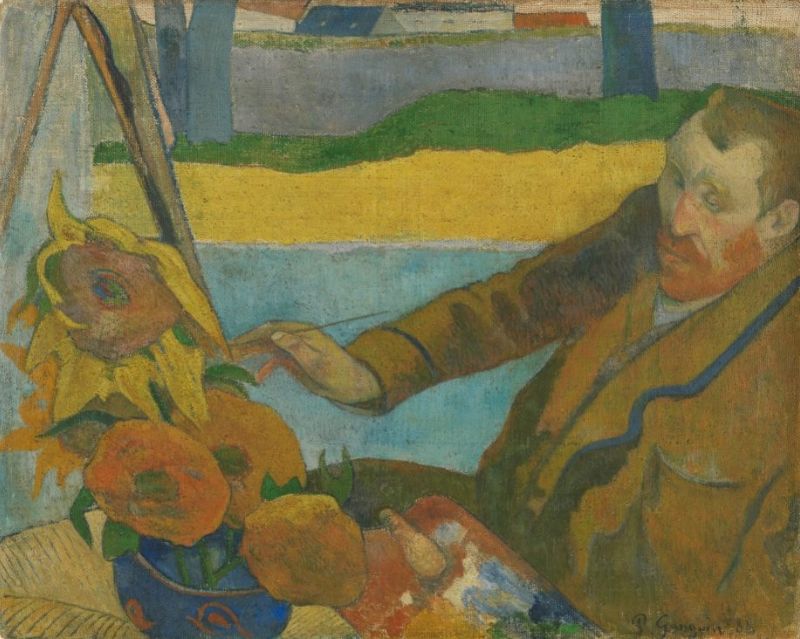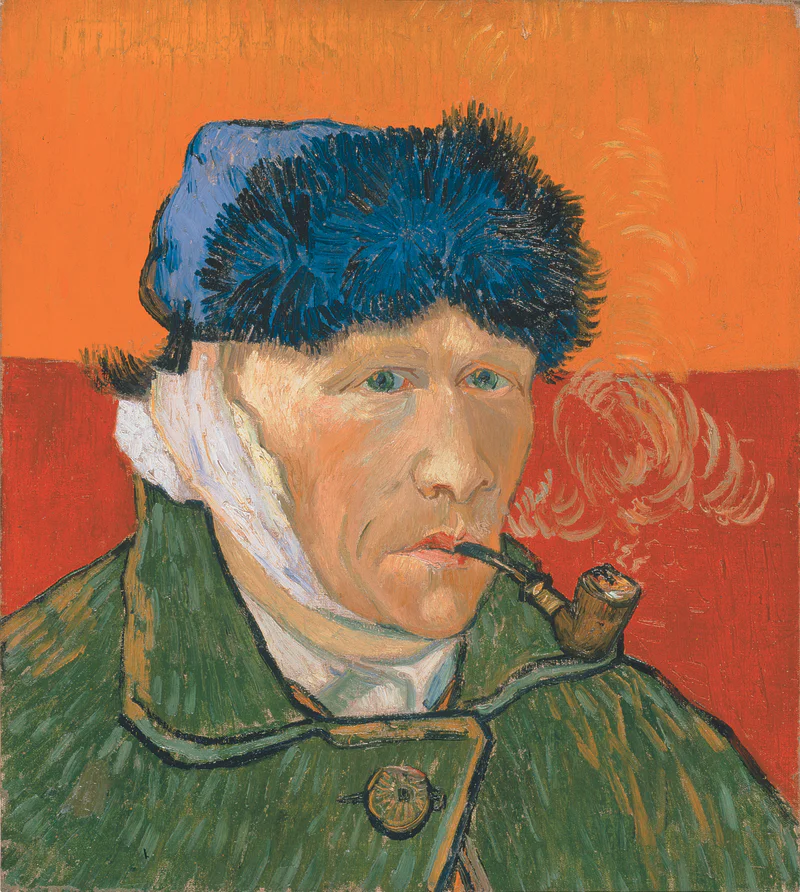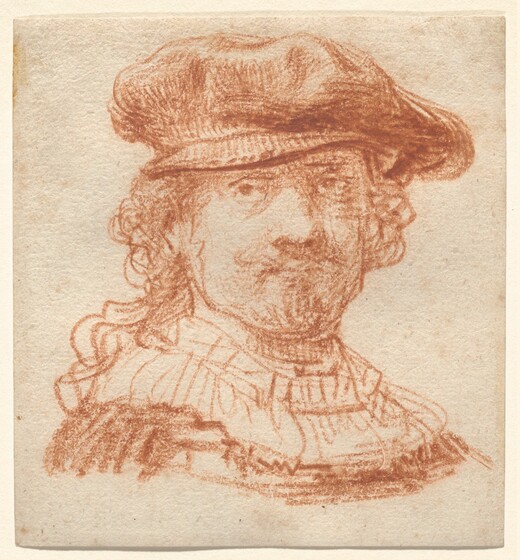Van Gogh & Rembrandt: Self-Portrait Masters from The Netherlands
When we say self-portrait in 2022, we think about selfies. The term ‘selfies’ became so popular in the last century that it was the Oxford English Dictionary’s Word of the year in 2013. However, the idea is nothing new. Van Gogh and Rembrandt were two of the greats who were masters at it.
Vincent Van Gogh
Vincent Van Gogh, born in 1853, is known as one of the most influential post-impressionists. He influenced impressionism in modern art by using striking colours, brushwork and contoured forms in his works.

Van Gogh’s self-portraits are a large part of his oeuvre. He painted himself on about 35 occasions. The Museum carrying his name in Amsterdam explains that the majority were done between 1886 and 1888, while the artist lived in Paris. The museum relays, One of the biggest reasons he produced so many self-portraits was “he was short of money in that period and struggled to find models”.
The artist portrayed his emotions and told his life story through his brushes. We can see parts of his mental state reflected in his paintings. Therefore, when he cut off his left ear on December 23, 1888, the artist didn’t talk about the incident. Instead, he created two portraits depicting it.
Van Gogh’s self-portraits have allowed us to shape an image of him in our minds. Since there is only one known existing photo of him, the pieces he left behind are the only visual remnants we have of him in the present.
Van Gogh’s designs are still admired. Most recently in the exhibition Imagine Van Gogh Québec, presented from July to September 2020. This exhibition is still travelling the world.

Rembrandt Van Rijn
Rembrandt Van Rijn, born in 1606, is described as nothing less than one of “the greatest storytellers in the history of art” by the Britannica Encyclopedia”.
The National Gallery of Art details that “Rembrandt painted, drew, and etched so many self-portraits that changes in his appearance invite us to gauge his moods by comparing one to the other.”

If we look at his whole career that started in 1625, about one-tenth of his paintings are studies of his face and self-portraits. He painted 40 to 50, drew about seven, and etched around 30 of these pieces, which acted as mirrors from his early 20s through to the age of 63.
Emilie Gordenker, director of the museum, told the New York Times: “The more intellectual parallel that is to be made is really to ask: What happens to you when you start looking in the mirror? You start to think, How am I going to present myself? What choices am I going to make? Those were all things that these artists were thinking about too.”
The motivation behind Van Gogh and Rembrandt’s self-portraits might have been a practice or answering a high market for them in the Dutch golden age. Regardless, they left proof that portraying themselves meant more, from emotions to the big question of how we see ourselves, or perhaps how we want the world to view and remember us.
Written by Vicky Girard



